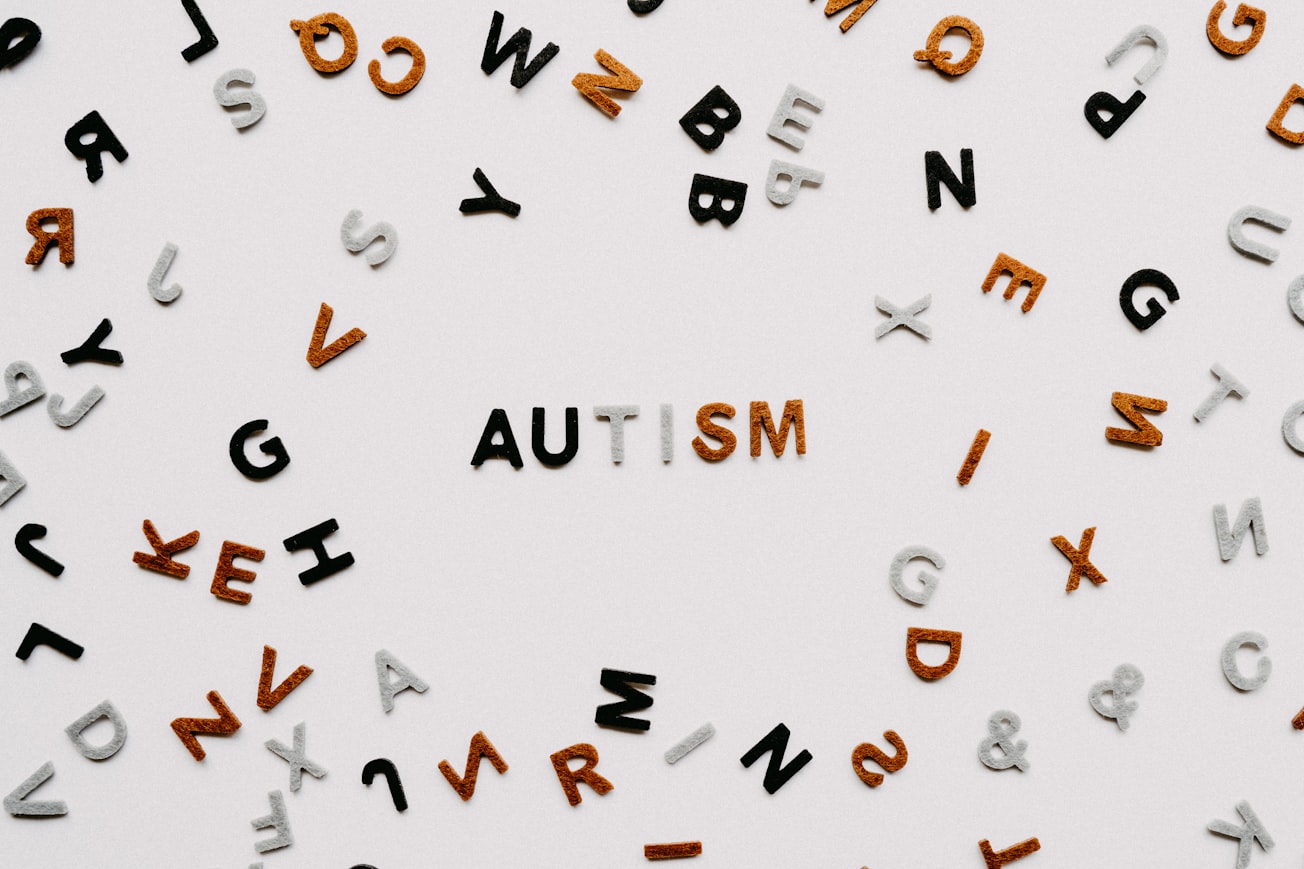What is it about?
As with reading writing, mind reading is about deriving meaning from signs. In reading writing, the signs are letters on paper. In mind reading, the signs are subtle changes in behavior. Observers with autism spectrum disorders (ASD) have difficulty with mind reading. However, the bases of these difficulties haven't been adequately explored. Here, we used a mathematical approach - similar to the approach to study the neural code, i.e., how information is encoded and transmitted by neurons - to examine how information encoded (written) in typical and autistic movements is read by typical observers and observers with ASD. Using this approach, we were able to characterize the difficulties in mapping visual kinematics to intention in ASD and show that these difficulties reflect both an interactional failure rooted in the kinematic dissimilarity between the kinematics of TD and ASD (at the level of feature identification) and an individual deficit in reading aloud (at the level of information interpretation). Action mindreading information forms the basis for social perception, communication, and learning. We anticipate that our approach will be useful for studying other processes of mind reading (e.g., social decision making, belief attribution) and for developing new tools and interventions to improve the reading of information encoded in the kinematics of moments.
Featured Image

Photo by Annie Spratt on Unsplash
Why is it important?
Our results show that people with autism are not blind to mentalistic information encoded in movement kinematics. Rather, they have difficulty recognizing and extracting this information.
Perspectives
Our findings predict reciprocal difficulties in social interaction and may offer an explanation for why people with autism describe social interactions with other autistic people as less effortful than interactions with non-autistic people.
Cristina Becchio
University Medical Center Hamburg-Eppendorf
Read the Original
This page is a summary of: Intersecting kinematic encoding and readout of intention in autism, Proceedings of the National Academy of Sciences, January 2022, Proceedings of the National Academy of Sciences,
DOI: 10.1073/pnas.2114648119.
You can read the full text:
Resources
Contributors
The following have contributed to this page







